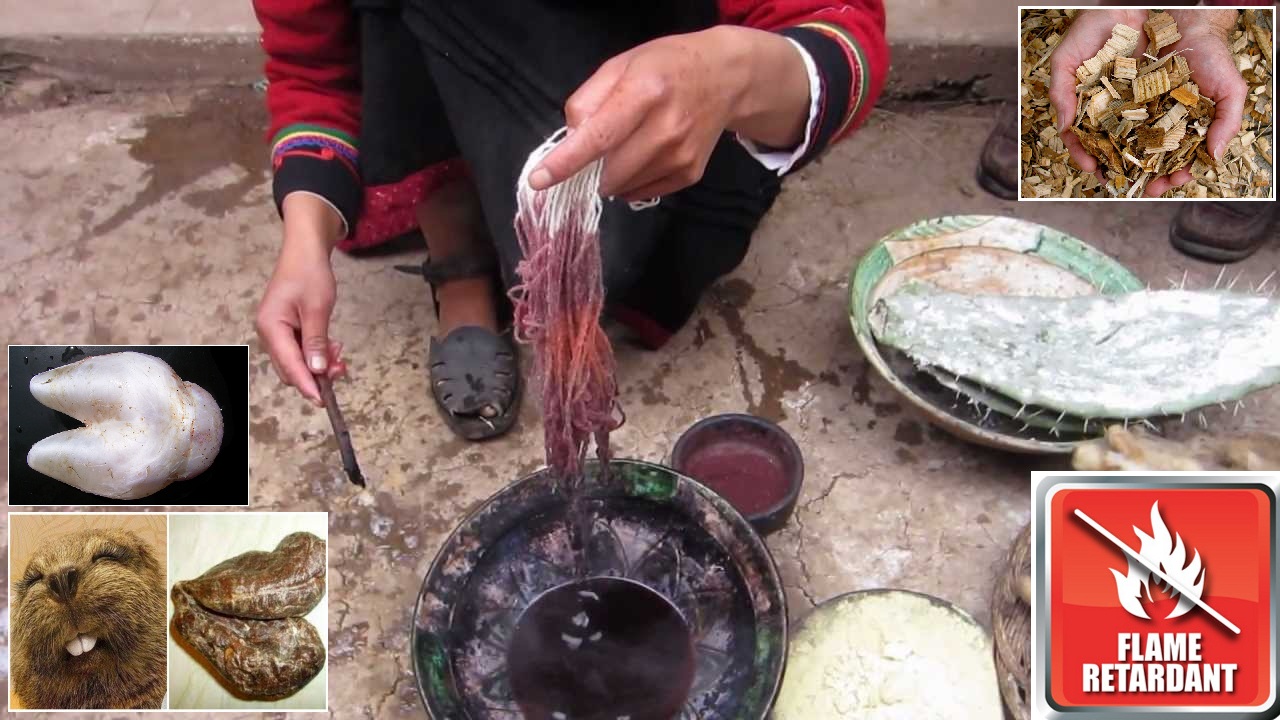Marketers have discovered a way of keeping toxic additives and a host of disease-promoting ingredients off the label altogether, making it harder than ever for consumers to know what are they getting in the first place.

What’s Really In Your Food?
-
Cochineal Beetles
Starbucks is not the only user of a red food dye made from crushed bugs. The popular coffee maker announced that it would stop using this nasty additive. Remember that every product which contains carmine, natural red 4 or cochineal extract, also contains powdered beetles. In order to produce carminic acid, the beetles are sun-dried, crushed, and then dipped in an acidic alcohol solution. Carminic acid is the pigment that eventually becomes carmine or cochineal extract.
-
Beaver Anal Secretions
This ingredient is a liquid found in castor sac scent glands near a beaver’s anus. Can you believe that this gross ingredient is often used as a substitute for vanilla flavoring?! It is natural, but that doesn’t mean that you’d want to consume it.
-
Human Hair
Human hair is frequently used as an ingredient in foods. L-Cysteine is common in commercial bread, cakes, and bagels. Can you imagine that this compound is made from human hair and duck feathers?!
-
Toxic Flame Retardant
While you drink soda like Mountain Dew you are probably drinking a flame retardant. Brominated vegetable oil (BVO) is used to keep artificial flavoring chemicals from separating from the rest of the liquids. Originally, BVO was used to prevent plastics from catching fire.
-
Fish Bladders
Isinglass is a gelatin-like substance added to cask beers and Guinness and it is made from the bladder of a fish. This substance helps remove any “haziness” from the final product by removing any residue yeast or solid particles in the beer.
-
Paint Chemical
Eating processed salad dressings is like taking a drink from a paint can. Titanium dioxide is a mined substance contaminated with toxic lead and the food industry adds it to hundreds of products to make overly processed items look whiter. This substance is commonly used in paints and sunscreens as well as in processed salad dressing, coffee creamers, and icing.
-
Wood Pulp
This is really something you should not be eating. Cellulose is used to manufacture paper and is also added to some foods like shredded cheese, ice cream, etc. It is an “innocuous material” that humans can’s digest.
